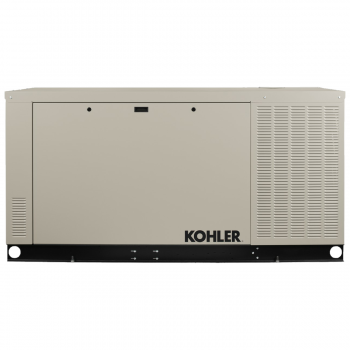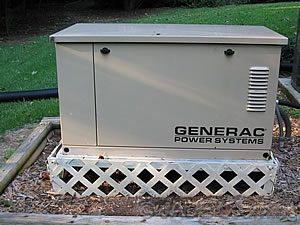National Electrical Code Articles 701 and 702 Legally Required and Optional Standby Systems

By: Robert Key | Dec 02, 2020
Chapter 7 of the 2020 National Electrical Code (NEC), also known as NFPA 70, covers special conditions and their specific requirements. These requirements modify the general requirements found in Chapters 1-4. Article 700 covers emergency systems, such as hospitals or similar settings where a power outage would put lives in jeopardy. Article 701 covers legally required standby systems and Article 702 covers optional standby systems.
Purpose
Let us begin by considering the purpose of these systems. Legally required and optional standby systems each serve different purposes, and the Code requirements also differ significantly.
- Legally Required standby systems provide electric power to selected loads during firefighting and rescue operations. They may also control health hazards, as in the case of a sewage lift pump. Smoke control systems required by the building code are another example of where a legally required system would be needed.
- Optional standby systems are generally installed when a loss of power would result in financial loss or an interruption of business or a process. Imagine a vaccine manufacturer whose product must be maintained at a temperature far below freezing. A loss in power for even a short while could cost thousand or even millions of dollars. Another optional standby system is auxiliary generator power for homes. These are not required, but they are regulated by Article 702. (Portable generators which are not connected to the premises wiring are not covered by Article 702.)

Applicable to both Legally Required and Optional Standby Systems
- There must be a transfer switch so that the service and the alternate source of power cannot operate simultaneously. This protects electricians and linemen from electric shock hazards.
- Signage is required to identify the alternate source of power for the premises wiring. This protects emergency responders who might otherwise think the power to the building is turned off.
- Both types of systems must have adequate capacity to power the intended loads.
- The secondary power source can be a battery, generator, or other alternative source.
- Proper grounding and/or bonding must be provided.
- Unlike emergency systems, the wiring is permitted to occupy the same raceways, cables, boxes, and cabinets as the general wiring.
Legally Required Standby Systems Only
The Code requirements for legally required standby systems are significantly more rigorous than for optional systems.
- Once the system is installed, the AHJ must conduct or witness a test of the system.
- Periodic testing is required, and a written maintenance log must be kept.
- The transfer equipment must be automatic, as well as listed and marked for emergency or legally required standby system usage.
- The system must provide power within 60 seconds of disruption of the normal power supply.
- Where the system is powered by an internal combustion engine, there must be a minimum of two hours’ worth of fuel supply (at full demand) on the premises.
- The system can be connected ahead of the service if approved by the AHJ.
Legally required and optional standby systems serve different purposes, but they are both important. They differ significantly in Code requirements, as one might expect. These systems provide comfort, prevent financial losses, and provide power so that first responders can do their job, and ensure that other important building functions can continue when a loss of power occurs. Inspectors, AHJ’s, and electricians must make sure that the installation meets the applicable sections of the National Electrical Code.



I need to ask does Nevada required the transfer switch has to be manual or automatic for the generator.